The chaparral ecosystem is a web of microorganisms, fungi, plants, and animals uniquely adapted to survive on sun-baked slopes with long stretches of little to no water.
Each living thing has evolved ways to endure heat, drought, and fire, allowing the community to thrive when left undisturbed. Within the chaparral, all species share complex relationships with each other and with their environment, from the smallest microbe to the largest mammal, in an interdependent web of life that keeps the ecosystem in balance.
The topology—or physical layout of the land—in a chaparral ecosystem is rugged, rocky, and uneven. This landscape is defined by steep slopes, deep canyons, and mountain ridges that rise and fall like waves of solid earth. Over millions of years, these features have been shaped by powerful forces: earthquakes, erosion from wind and rain, and repeated cycles of fire. The result is a dramatic terrain that influences how plants grow, how animals move, and how water flows through the ecosystem.
Beneath the surface, the geology is made of hard rocks such as granite, sandstone, and shale. Because the soil is often shallow and rough, only tough plants with deep roots—like chamise, manzanita, and scrub oak—can survive.
Water is limited in the chaparral. Most of the time the land is dry, but when it rains, water runs quickly down the slopes into seasonal streams and creeks. These channels may hold water only during the winter and spring, but they help carry nutrients and seeds that support new plant growth. The way the land tilts and drains shapes how life survives—plants and animals have learned to live with long dry seasons, quick floods, and little groundwater.
The soil in the chaparral is usually thin, gritty, and low in nutrients, often made from weathered rock mixed with sand and clay. It doesn’t hold water for long, which is why many plants have waxy leaves or deep roots to capture and store moisture. Even though the soil looks poor, it is full of tiny life forms like fungi, bacteria, and insects that break down dead leaves and return nutrients to the earth. After fires, these organisms help rebuild the soil so the chaparral can grow back again.
This section will be written by Indigenous people from the Los Angeles Basin once funding is secured.
The dense, shrubby Chaparral plant community is dominated by evergreen, drought-resistant species that thrive in Southern California’s hot, dry summers and mild, wet winters. Plants are adapted to survive in rocky, nutrient-poor soils with limited water. Many chaparral plants have small, waxy, or leathery leaves to reduce moisture loss, and some have seeds that only germinate after fire.
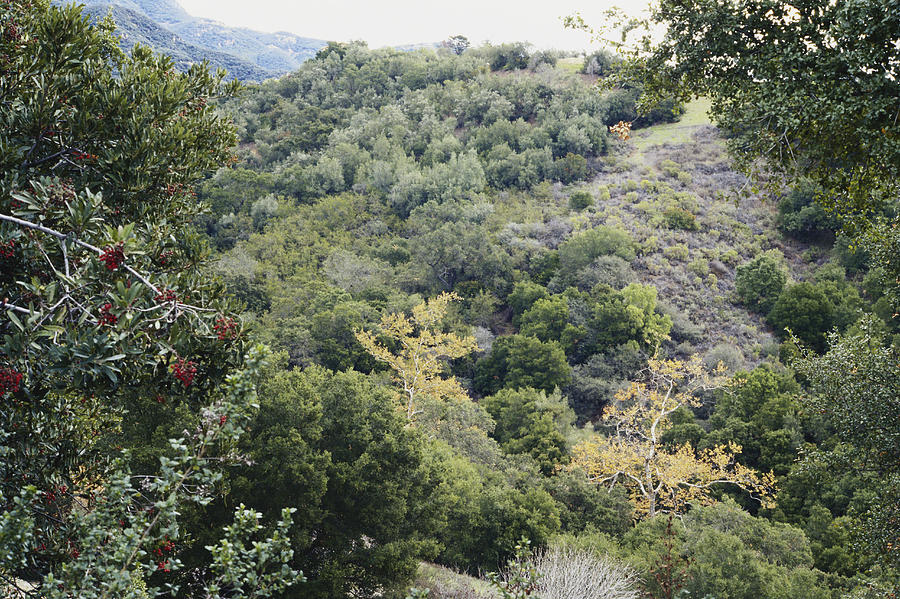
Chaparral grows in two main types of locations: sunny south-facing slopes and shadier north-facing slopes. While south-facing slopes tend to support classic chaparral shrubs adapted to heat and drought, north-facing slopes are cooler and moister, often supporting a mix of chaparral and woodland species, such as oaks or toyon.
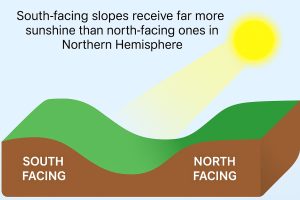
South-facing slopes receive more direct sunlight, making them hotter, drier, and more exposed than north-facing slopes. Chaparral plants that thrive here are adapted to intense sun, heat, drought, and thin soils. They tend to have small, waxy, leathery, or hairy leaves, deep roots, and high fire resistance.
North-facing chaparral slopes receive less direct sunlight, making them cooler, moister, and shadier than south-facing slopes. These conditions support a greater diversity and density of plant life, including larger shrubs, trees, and shade-tolerant wildflowers. Plants here typically have larger, thinner leaves, shallower roots, and rely more on available moisture.
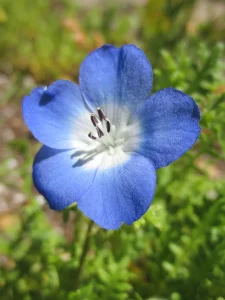
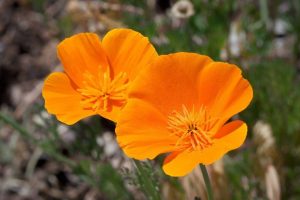

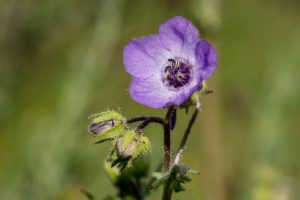
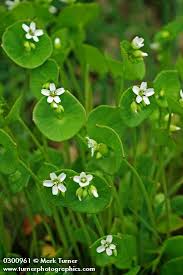
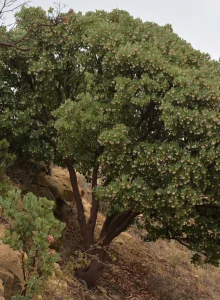
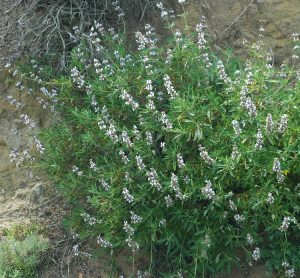

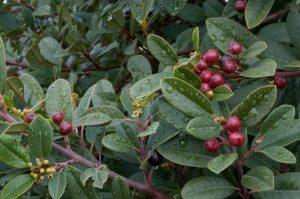
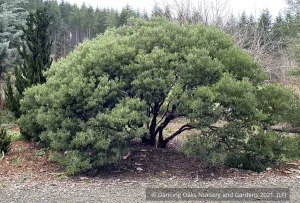
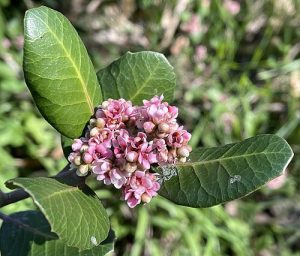
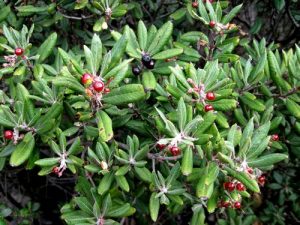
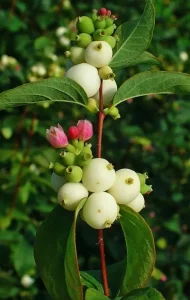
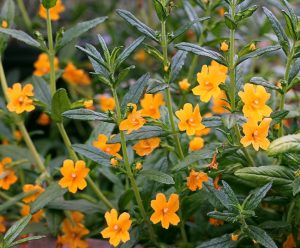
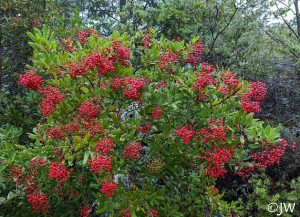

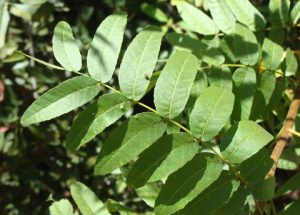
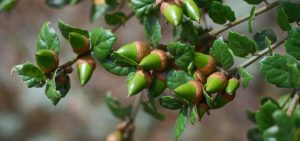
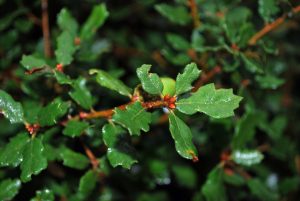
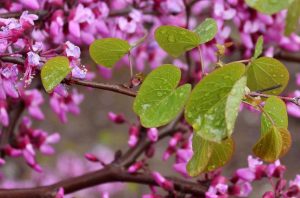
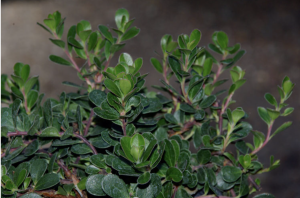
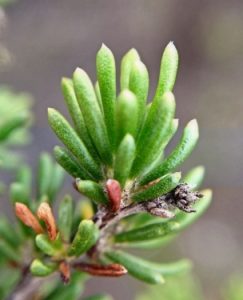
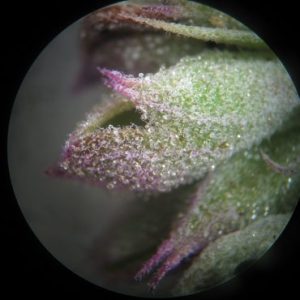
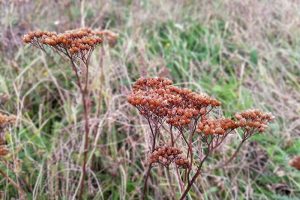
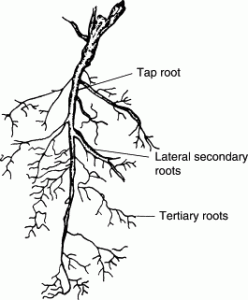
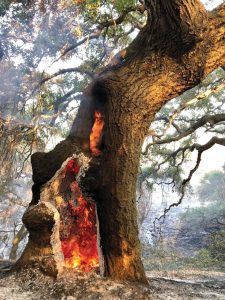



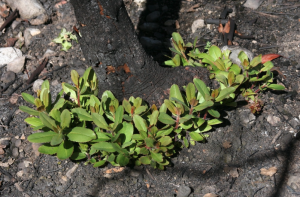
In the chaparral ecosystem, animals, plants, and microorganisms are connected through a web of relationships that keep the environment healthy and in balance. This section explores those connections, moving from the smallest life forms to the largest, and highlights the unique roles each group plays in supporting the ecosystem as a whole.
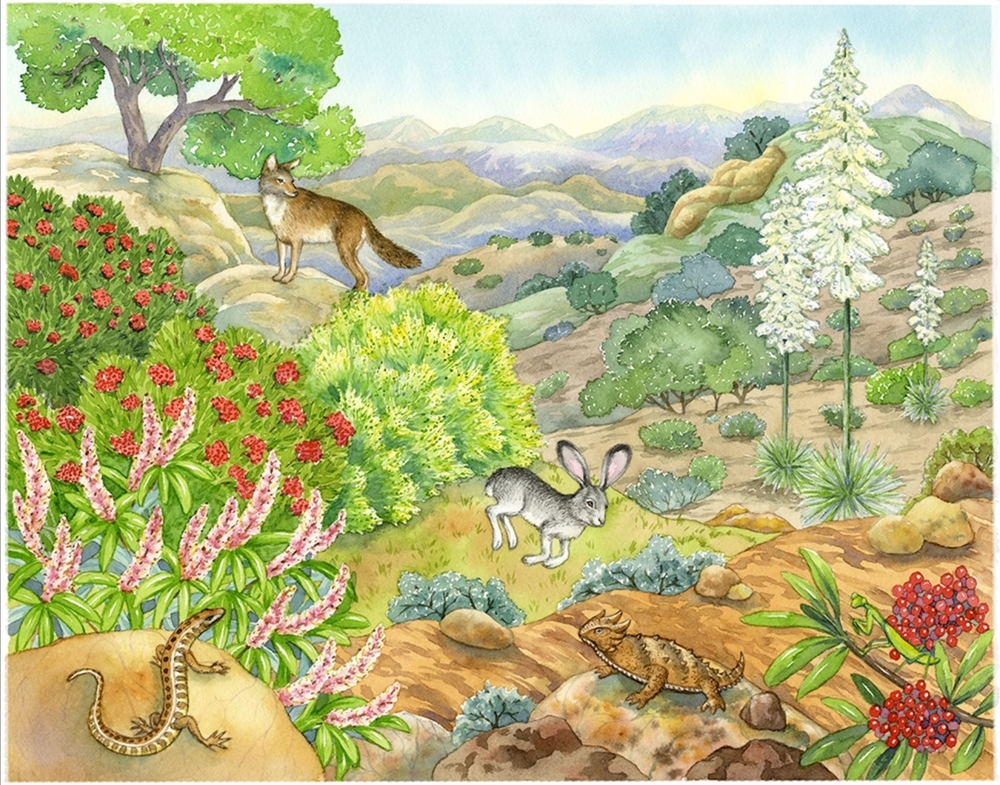
Arthropods are the most diverse group of organisms—including insects, spiders, centipedes, and crustaceans—which perform many essential functions in an ecosystem:
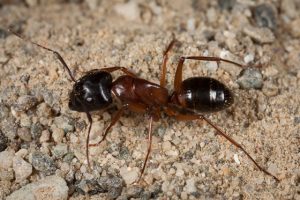



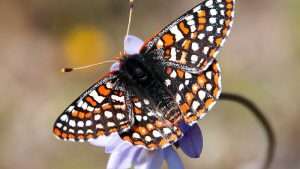
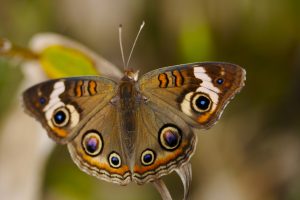
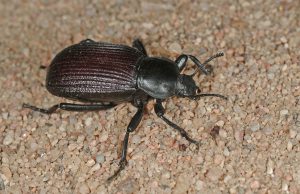
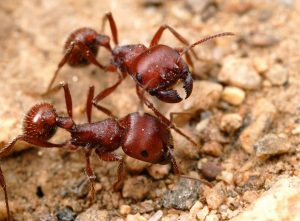
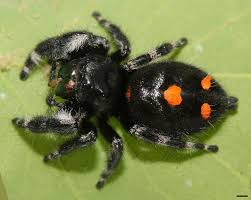
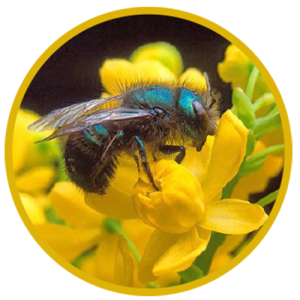
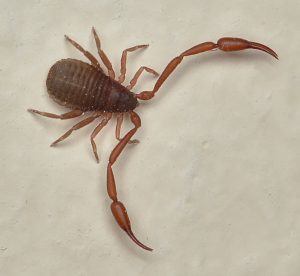
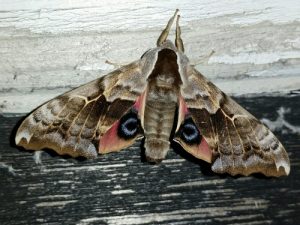
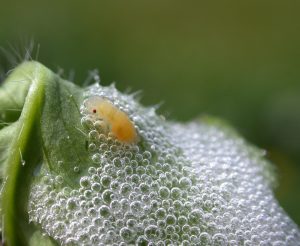
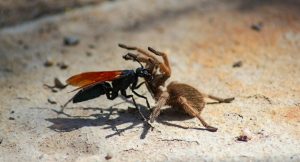


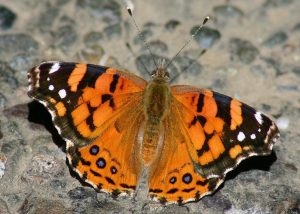
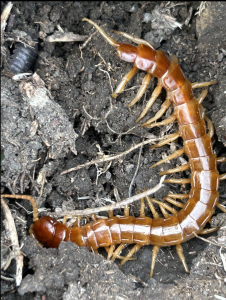
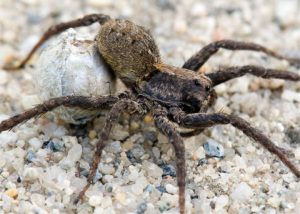
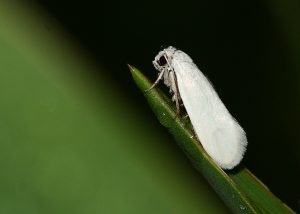
Reptiles and amphibians, as both predators and prey, help maintain ecological balance and support healthy food webs:
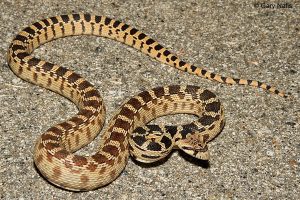
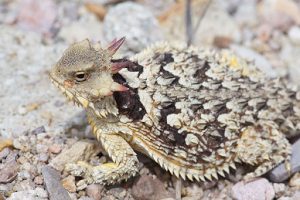

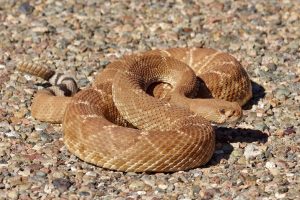
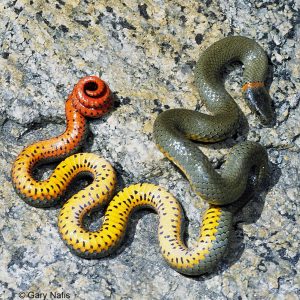
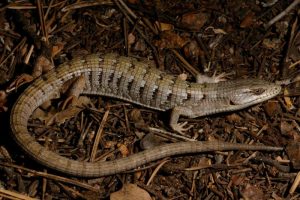
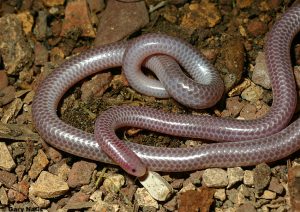
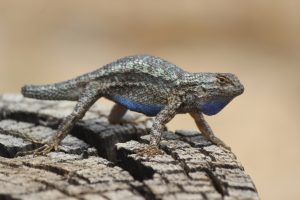

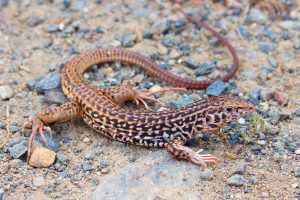
Birds play a wide variety of important roles in ecosystems – as pollinators, predators, seed dispersers, and scavengers. Each bird species has its own unique lifestyle: some remain local year-round, others travel between nearby mountain ranges, and some migrate thousands of miles across continents. Birds help keep ecosystems healthy in many ways:
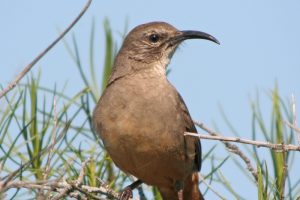
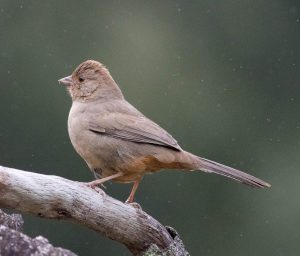
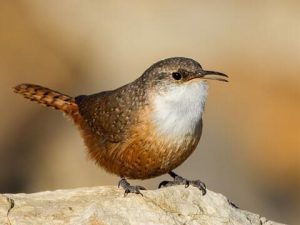
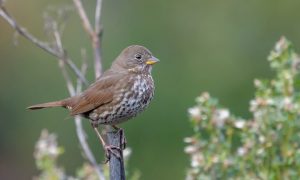
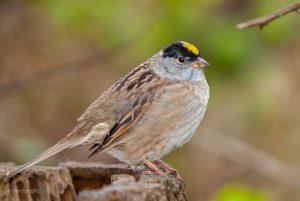
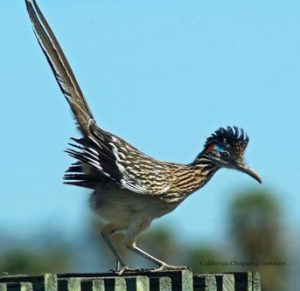
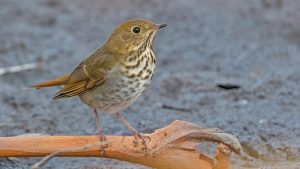
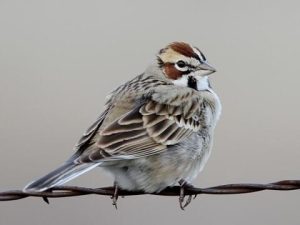
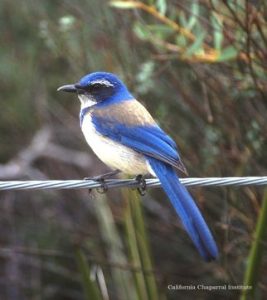
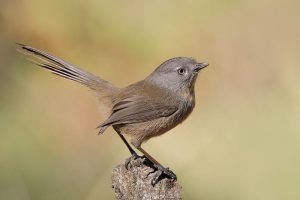
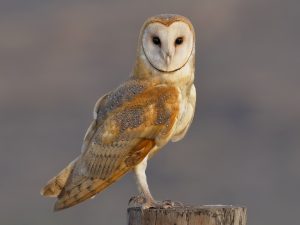
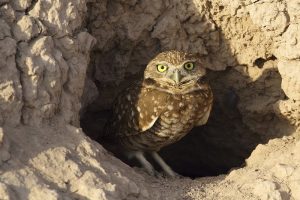

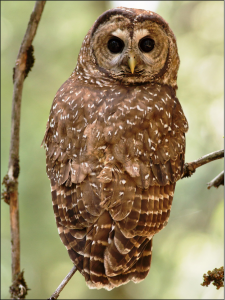


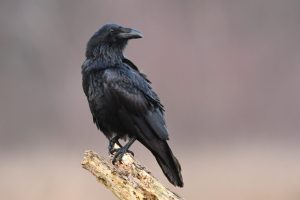
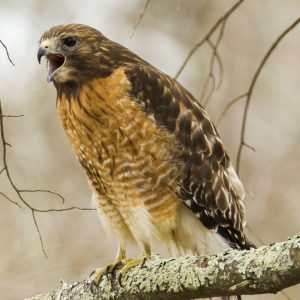
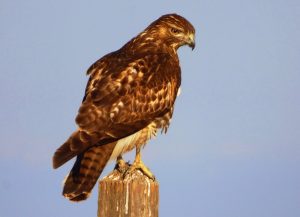

Several species of bats live in or regularly eat from the chaparral ecosystem. They are well-adapted to the dry, shrub-covered landscapes, where they roost in rocky outcrops, tree hollows, caves, and sometimes man-made structures. They play a key role in insect control and ecosystem health:
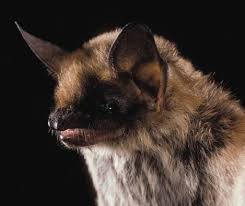
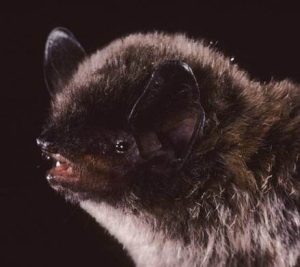
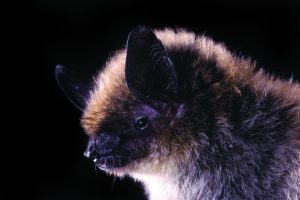
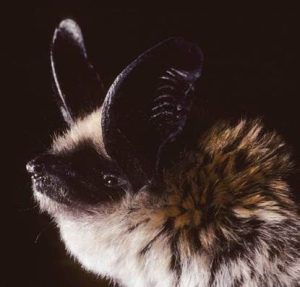

Mammals play several important roles – they help to maintain balance, support biodiversity, and contribute to the health of the landscape:
Decomposition: Some mammals, like coyotes, raccoons, and bobcats, are opportunistic feeders that scavenge carcasses of dead animals, breaking the meat and bones into smaller pieces. This helps the remains decompose faster, making it easier for soil microbes and fungi to finish the process. Nutrients such as nitrogen, phsophurus, and calcuium are distributed into the soil.
Seed Dispersal: Many mammals, like squirrels, rabbits, and foxes, eat fruits, nuts, and seeds, then spread them across the landscape through their droppings or by caching food.
Population balance: Carnivorous mammals like bobcats, coyotes, and mountain lions help control populations of smaller animals such as rodents and rabbits. Predators keep prey populations in check, preventing overgrazing and promoting ecological balance.
Food Source: Smaller mammals like rabbits, mice, and ground squirrels are an important food source for predators such as coyotes, hawks, and mountain lions.
Soil Aeration: Burrowing mammals like ground squirrels, foxes, and rabbit dig into the soil. These burrows aerate the soil, which improves water infiltration and supports plant growth. Burrowing also creates habitats for other species, like insects and reptiles..
Herbivores and Plant Control: Herbivores such as deer and rabbits feed on grasses, shrubs, and other plants. Their grazing helps shape plant communities by preventing any one species from becoming too dominant and ensuring a balance.
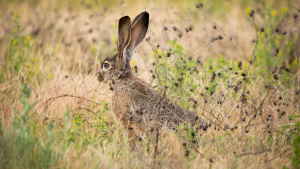
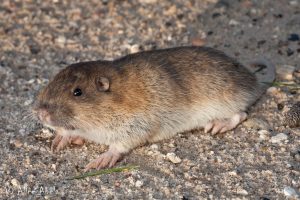
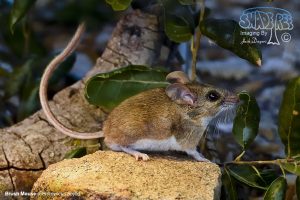

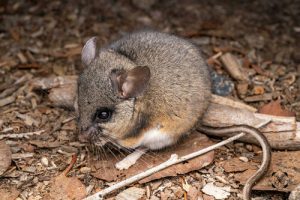
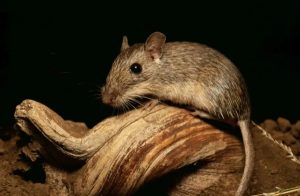
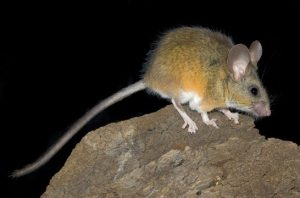
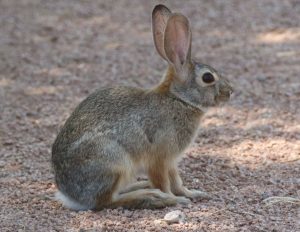
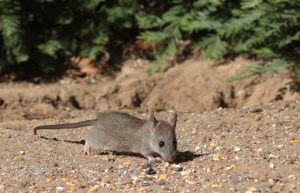
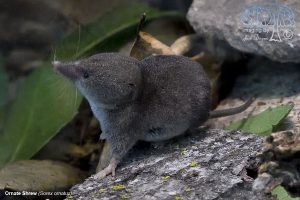
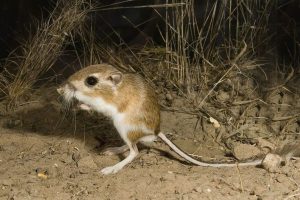
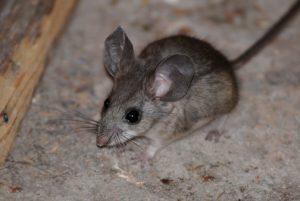



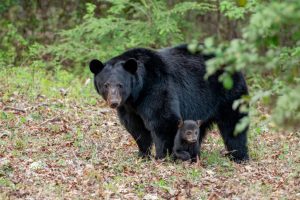
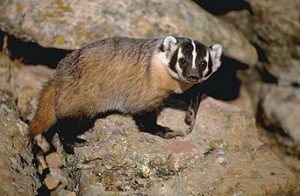
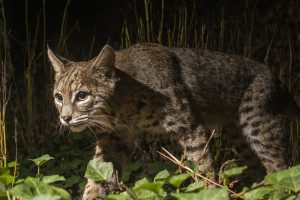
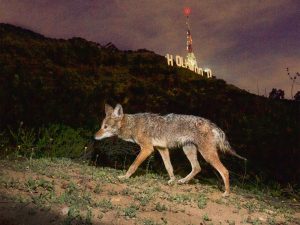
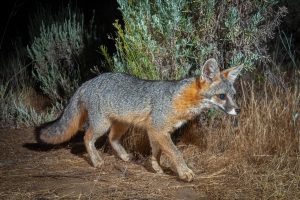
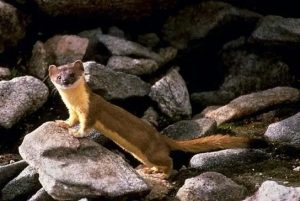
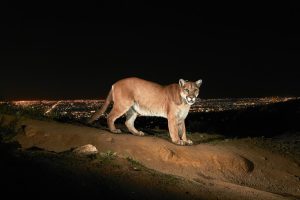
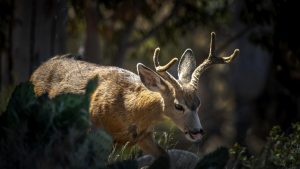
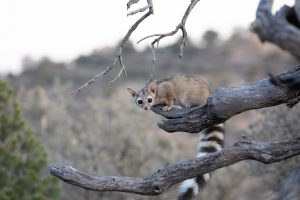
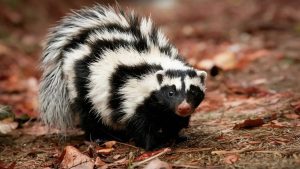
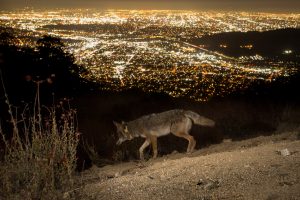

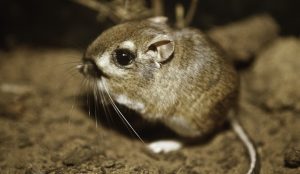


A keystone species is a plant, animal, or other organism that has an especially important impact on the structure and health of its ecosystem. Even if it’s not the most abundant species, the entire ecosystem depends on it. If you remove a keystone species, the system can become unbalanced or even collapse.
| Keystone Plants | Description |
|---|---|
CA Buckwheat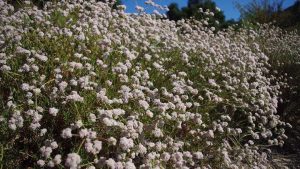 | •One of the most important nectar plants for native bees, butterflies, and beneficial insects •Blooms for much of the year, providing extended food resources •Stabilizes dry, erosion-prone slopes •Supports seed dispersers like birds and rodents |
Chamise | •One of the most widespread shrubs in California chaparral •Promotes fire-adapted ecosystems and regrows rapidly after fire •Hosts a wide variety of insects and supports ground-nesting birds •Leaves contain oils that influence fire behavior — shaping the landscape over time |
Coast Live Oak | •Produces nutrient-rich acorns that feed deer, birds, rodents, and insects •Provides shelter, nesting sites, and shade that cools microclimates •Supports complex underground networks of mycorrhizal fungi and soil microbes •Hosts over 300 insect species — a critical food source for birds |
Manzanita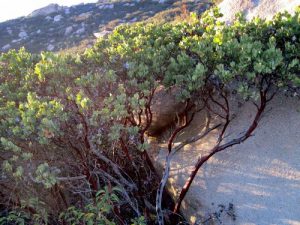 | •Offers nectar early in the season for hummingbirds and native bees •Fruits are eaten by birds, foxes, and coyotes, aiding seed dispersal •Gnarled branches and dense leaves create shelter for small mammals and birds •Deep roots help stabilize slopes and store water |
Toyon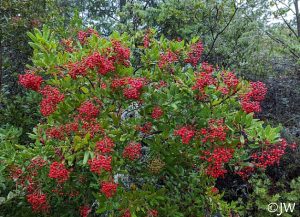 | •Produces bright red berries in winter, a key food source for birds and mammals •Provides dense cover and nesting habitat •Supports native pollinators with its summer flowers •One of the few fruit-bearing shrubs in chaparral during cold months |
| Keystone Organisms | Description |
|---|---|
Harvester Ant | •Disperses seeds of native wildflowers and shrubs (e.g., Clarkia, Dudleya) through myrmecochory •Aerates soil and recycles nutrients through tunneling and foraging •Serves as prey for horned lizards and other insectivores |
Ground Beetle | •Predators of pest insects like caterpillars and larvae that damage native plants •Helps maintain insect balance in the soil and leaf litter •Plays a role in decomposition and nutrient cycling |
Tarantula Hawk Wasp | •Controls tarantula populations, balancing predator-prey dynamics •Pollinates flowering plants like milkweed and buckwheat while feeding on nectar •Serves as an important food source for birds like the roadrunner |
California Thrasher | •Uses its curved bill to dig through leaf litter, helping control insects and turn over soil •Spreads seeds of fruit-bearing shrubs like toyon and coffeeberry •Indicator of intact, dense chaparral habitat |
Western Scrub Jay 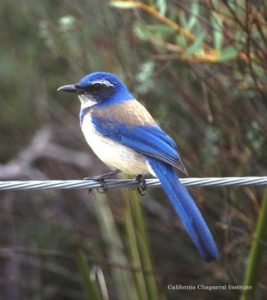 | •Key seed disperser of acorns — buries thousands every year •Shapes future oak woodlands and mixed chaparral-forest edges •Helps regenerate ecosystems after fire or drought |
Wrentit  | •One of the only birds that lives year-round in dense chaparral •Keeps insect populations in check through constant foraging •Indicator species for healthy, undisturbed chaparral |
Coyote | •Controls populations of small mammals (like rabbits and rodents) •Acts as a mesopredator manager, sometimes reducing pressure from smaller predators •Scavenges carrion, aiding decomposition and nutrient return |
Mountain Lion | •Apex predator that shapes the entire food web •Keeps deer and mesopredator populations in check, allowing plant regeneration and ground-nesting birds to thrive •A single lion’s territory can support many smaller species indirectly Read More |
Mule Deer | •Control which plants grow by browsing, helping maintain a balanced mix of shrubs and grasses in chaparral habitats. •Key food source for mountain lions, sustaining top predators and stabilizing the food web. •Disperse seeds and enrich soil through their droppings, helping new plants grow and supporting decomposers. |
Woodrat | •Ecosystem engineer that builds stick lodges which become microhabitats for insects, lizards, and other small animals •Collects seeds, leaves, and fungi, helping spread plant and fungal diversity •Important prey for owls, snakes, and bobcats |
1,000-5,000 feet, covering the foothills and lower mountain slopes of ranges like the San Gabriel Mountains, Santa Monica Mountains, and Santa Susana Mountains.
South-facing slopes and north-facing
12 – 30″ annual rain, mostly during winter months. Precipitation levels and moisture vary depending on elevation and slope orientation.
Typically shallow, rocky, well-drained and nutrient-poor
Yes